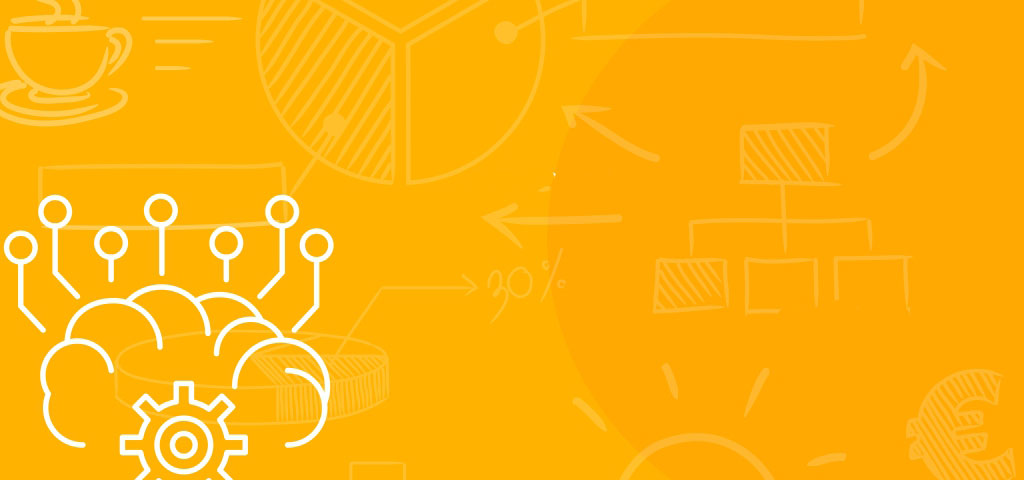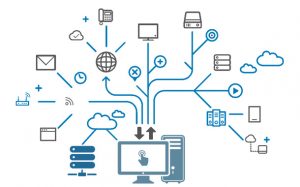
AIOps Demystified


IT Infrastructure has been on an incredibly fascinating journey from the days of mainframes housed in big rooms just a few decades ago, to mini computers, personal computers, client-servers, enterprise & mobile networks, virtual machines and the cloud! While mobile technologies have made computing omnipresent, the cloud coupled with technologies like virtual computing and containers has changed the traditional IT industry in unimaginable ways and has fuelled the rise of service-oriented architectures where everything is offered as a service and on-demand. Infrastructure as a Service (IaaS), Platform as a Service (PaaS), DBaaS, MBaaS, SaaS and so on.
As companies try to grapple with this technology explosion, it is very clear that the first step has to be optimization of the IT infrastructure & operations. Efficient ITOps has become the foundation not just to aid transformational business initiatives, but even for basic survival in this competitive world.
The term AIOps was first coined by Gartner based on their research on Algorithmic IT Operations. Now, it refers to the use of Artificial Intelligence(AI) for IT Operations(Ops), which is the use of Big Data Analytics and AI technologies to optimize, automate and supercharge all aspects of IT Operations.
The promise behind bringing AI into the picture has been to do what humans have been doing, but better, faster and at a much larger scale. Let’s delve into the different aspects of IT operations and see how AI can make a difference.
The first step to effectively managing the IT landscape is to get complete visibility into it. Why is that so difficult? The sheer variety and volume of applications, users and environments make it extremely challenging to get a full 360 degree view of the landscape. Most organizations use applications that are web-based, virtually delivered, vendor-built, custom-made, synchronous/asynchronous/batch processing, written using different programming languages and/or for different operating systems, SaaS, running in public/private/hybrid cloud environments, multi-tenant, multiple instances of the same applications, multi-tiered, legacy, running in silos! Adding to this complexity is the rampant issue of shadow IT, which is the use of applications outside the purview of IT, triggered by the easy availability of and access to applications and storage on the cloud. And, that’s not all! After all the applications have been discovered, they need to be mapped to the topology, their performances need to be baselined and tracked, all users in the system have to be found and their user experiences captured.
The enormity of this challenge is now evident. AI powers auto-discovery of all applications, topology mapping, baselining response times and tracking all users of all these applications. Machine Learning algorithms aid in self-learning, unlearning and auto-correction to provide a highly accurate view of the IT landscape.

When the IT landscape has been completely discovered, the next step is to monitor the infrastructure and application stacks. Monitoring tools provide real-time data on their availability and performance based on relevant metrics.
The problem is two-fold here. Typically, IT organizations need to rely on several monitoring tools that cater to the different environments/domains in the landscape. Since these tools work in silos, they give a very fractured view of the entire system, necessitating data correlation before it can be gainfully used for Root Cause Analysis(RCA) or actionable insights.
Pattern recognition-based learning from current and historical data helps correlate these seemingly independent events, and therefore to recognize & alert deviations, performance degradations or capacity utilization bottlenecks in real-time and consequently enable effective Root Cause Analysis(RCA) and reduce an important KPI, Mean Time to Identify(MTTI).
Secondly, there is colossal amounts of data in the form of logs, events, metrics pouring in at high velocity from all these monitoring tools, creating alert fatigue. This makes it almost impossible for the IT support team to check each event, correlate with the other events, tag and prioritize them and plan remedial action.
Inherently, machines handle volume with ease and when programmed with ML algorithms learn to sift through all the noise and zero-in on what is relevant. Noise nullification is achieved by the use of Deep Learning algorithms that isolate events that have the potential to become incidents and Reinforcement Learning algorithms that find and eliminate duplicates and false positives. These capabilities help organizations bring dramatic improvements to another critical ITOps metric, Mean Time to Resolution(MTTR).
Other areas of ITOps where AI brings a lot of value are in Advanced Analytics- Predictive & Prescriptive- and Remediation.
Unplanned IT Outages result in huge financial losses for companies and even worse, a sharp dip in customer confidence. One of the biggest value-adds of AI for ITOps then, is in driving proactive operations that deliver superior user experiences with predictable uptime. Advanced Analytics on historical incident data identifies patterns, causes and situations in the entire stack(infrastructure, networks, services and applications) that lead to an outage. Multivariate predictive algorithms drive predictions of incident and service request volumes, spikes and lulls way in advance. AIOps tools forecast usage patterns and capacity requirements to enable planning, just-in-time procurement and staffing to optimize resource utilization. Reactive purchases after the fact, can be very disruptive & expensive.
AI-powered remediation automates remedial workflows & service actions, saving a lot of manual effort and reducing errors, incidents and cost of operations. Use of chatbots provides round-the-clock customer support, guiding users to troubleshoot standard problems, and auto-assigns tickets to appropriate IT staff. Dynamic capacity orchestration based on predicted usage patterns and capacity needs induces elasticity and eliminates performance degradation caused by inefficient capacity planning.
The beauty of AIOps is that it gets better with age as the learning matures on exposure to more and more data. While AIOps is definitely a blessing for IT Ops teams, it is only meant to augment the human workforce and not to replace them entirely. And importantly, it is not a one-size-fits-all approach to AIOps. Understanding current pain points and future goals and finding an AIOps vendor with relevant offerings is the cornerstone of a successful implementation.
ZIF is an AIOps-based TechOps Platform. ZIF comes with an end-to-end suite of tools for ITOps needs. It is a pure-play AI Platform powered entirely by Unsupervised Pattern-based Machine Learning! You can learn more about ZIF or request a demo here.
Please complete the form details and a customer success representative will reach out to you shortly to schedule the demo. Thanks for your interest in ZIF!